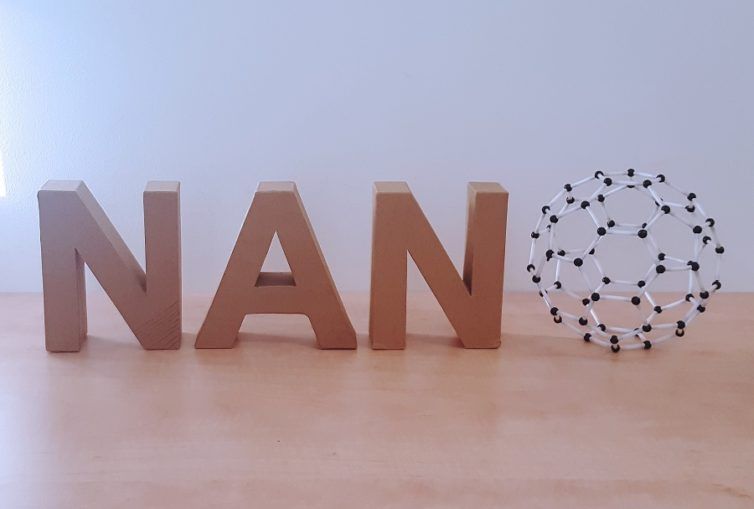Home / Healthcare & Medicine / Diagnostics / Nanotechnology for Health: Innovative Designs for Medical Diagnosis / What is nanotechnology?
This article is from the free online
Nanotechnology for Health: Innovative Designs for Medical Diagnosis


Reach your personal and professional goals
Unlock access to hundreds of expert online courses and degrees from top universities and educators to gain accredited qualifications and professional CV-building certificates.
Join over 18 million learners to launch, switch or build upon your career, all at your own pace, across a wide range of topic areas.


 Examples of 1D, 2D and 3D nanomaterials
Examples of 1D, 2D and 3D nanomaterials Part of a stained-glass window from the Sint-Jans Church in Gouda, The Netherlands (source Wikipedia)
Part of a stained-glass window from the Sint-Jans Church in Gouda, The Netherlands (source Wikipedia)  “Nano Flowers”, bar 5 (mu m)
“Nano Flowers”, bar 5 (mu m)





